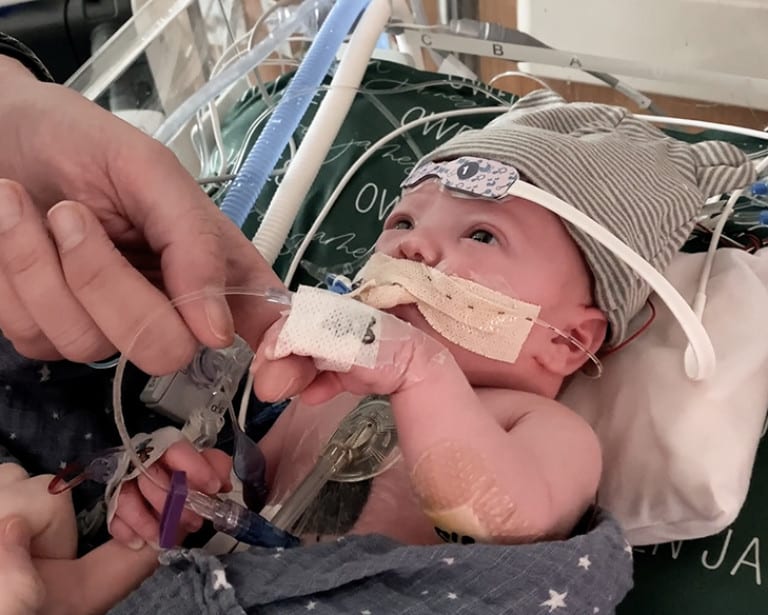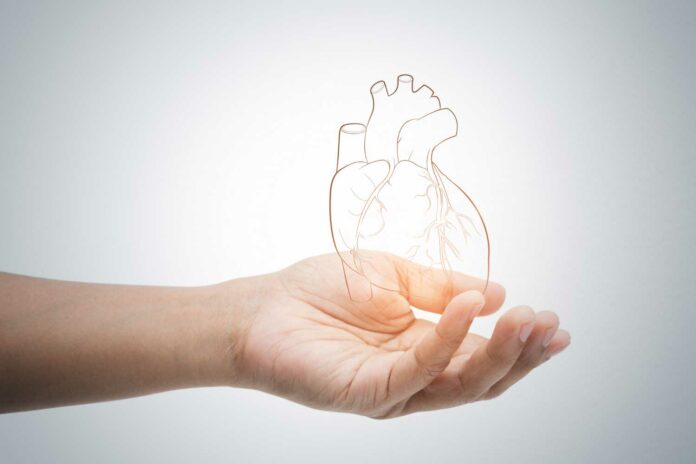Partial heart transplant is a new approach to treat neonates with irreparable heart valve dysfunction. But do they deliver growing heart valve implants for neonates?
A pioneering team at Duke Health has achieved the world’s first partial heart transplant with functioning valves and arteries that grow along with the young patient.
In spring 2022, a new procedure was done on a baby who needed a heart valve replacement. The usual method used valves that don’t grow, meaning they would need frequent replacements as the child grows. These replacements involve risky surgeries with a 50% chance of mortality.
A recent study showed that the new method of obtaining valves during the partial heart transplant resulted in two valves and arteries functioning well. Significantly, they are growing along with the child, behaving like natural vessels.
Additionally, the study revealed that the new procedure necessitates only about a quarter of the immunosuppressant medication required for a full heart transplant. This could be beneficial in preventing patients from experiencing harmful side effects that accumulate over many years.
Joseph W. Turek, M.D., Ph.D., first author of the study and Duke’s chief of pediatric cardiac surgery, said, “This publication is proof that this technology works, this idea works and can be used to help other children.”

“The innovation has paved the way for a domino heart transplant, where one heart can save two lives. During a domino heart transplant, a patient with healthy valves but needs stronger heart muscle receives a full heart transplant; their healthy valves are then donated to another patient in need, creating a domino effect.”
“You could double the number of hearts used for the benefit of children with heart disease. Of all the hearts that are donated, roughly half meet the criteria to go on to be used for full transplant, but there’s an equal number of hearts that could be used for valves.”
“If you introduce the donated hearts that weren’t being used in the supply chain and add the valves from domino heart transplants, that can create a substantial change.”
“Bringing this innovation to a clinical trial would be the next step to achieving the volume in procedures that would change the availability of hearts by a large amount.”
“This innovation adds a lot to the whole donation community, because it’s treating more kids, while also honoring the wishes of selfless donor parents who’ve given the ultimate gift. It allows them to offer hope to another child in the process.”
Journal Reference:
- Joseph W. Turek, Lillian Kang, Douglas M. Overbey et al. Partial Heart Transplant in a Neonate With Irreparable Truncal Valve Dysfunction. Journal of the American Medical Association. DOI: 10.1001/jama.2023.23823
